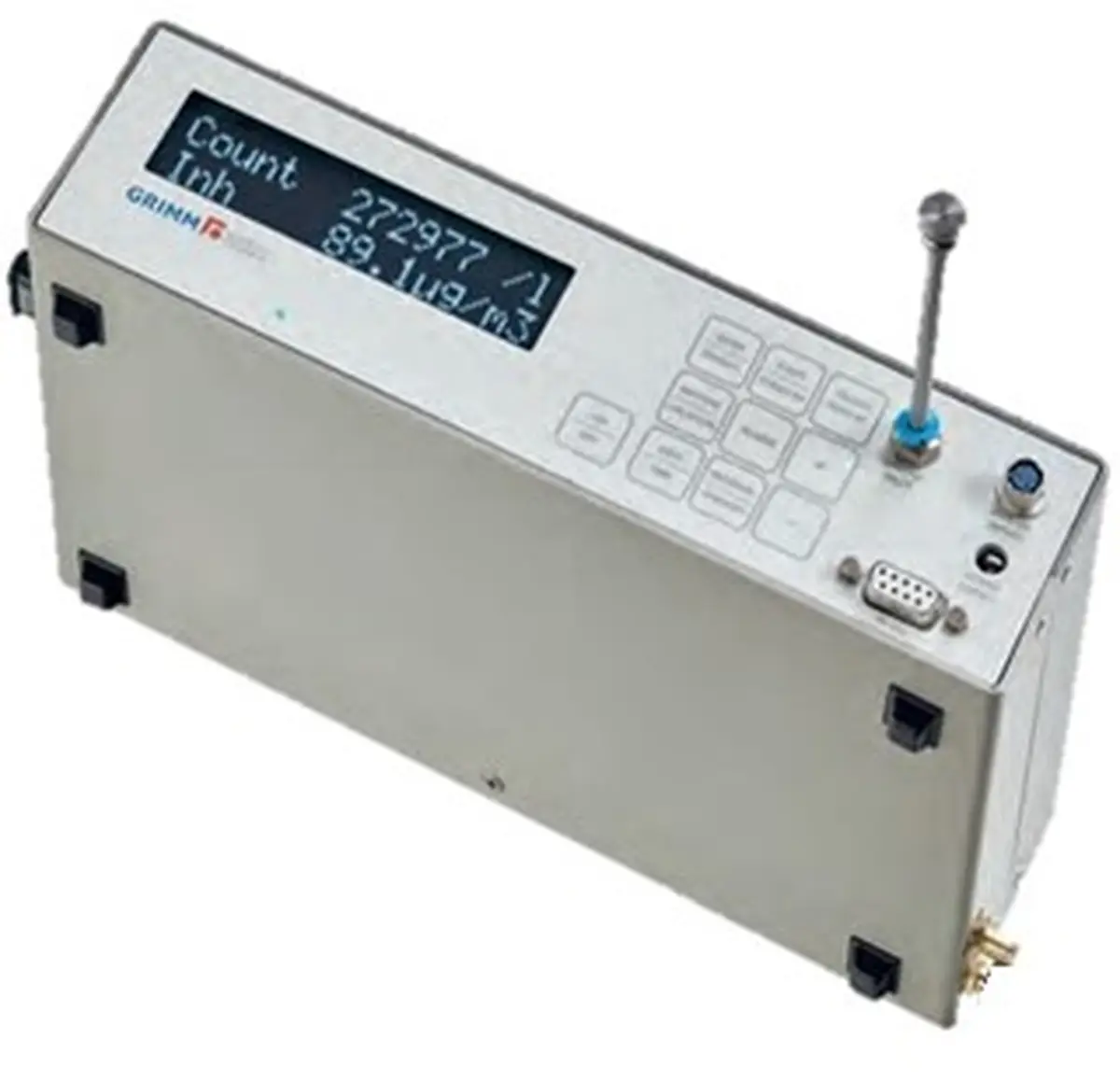Aerosols and Virus Transmission: A Critical Analysis
Public Concern About Aerosols
 The transmission of viruses that attach themselves to aerosols is currently a widely discussed topic. In particular, particle and fine dust concentration, the degree of ventilation, and occupancy levels are being critically examined by the public. The growing concern and interest in society have led to numerous studies aimed at identifying potential sources of aerosols and implementing measures to prevent their spread.
The transmission of viruses that attach themselves to aerosols is currently a widely discussed topic. In particular, particle and fine dust concentration, the degree of ventilation, and occupancy levels are being critically examined by the public. The growing concern and interest in society have led to numerous studies aimed at identifying potential sources of aerosols and implementing measures to prevent their spread.
Light Scattering as a Method to Measure Aerosols
An effective method to measure aerosols is by analyzing the scattering of light on these particles. The Grimm Aerosol spectrometer, model 11-D, is capable of measuring the intensity of this scattering. This makes it possible to count these small particles and determine their size. The instrument measures particle counts and categorizes them into 31 equally spaced size channels ranging from 253 to 35150 nm. In addition to the particle size distribution, a complete data overview is obtained of the mass distribution and various defined mass fractions: PM10, PM4, PM2.5, PM1, PMcoarse, Inhalable, Thoracic, and Respirable. These mass fractions describe, among other things, how deeply the particles can penetrate the human respiratory system.
If you would like to receive more information regarding aerosol analysis, please feel free to contact us.
